*Credit and loans provided by Regions Bank d/b/a EnerBank USA, Member FDIC, (650 Main Street, Suite 1000, Salt Lake City, UT 84101) on approved credit, for a limited time. 19.99% fixed APR, effective as of December 1, 2022, subject to change. Minimum loan amounts apply. Interest starts accruing when funds are disbursed. Interest is waived if repaid in 365 days. Repayment terms vary from 24 to 132 months. Actual loan term may be shorter if less than the full approved amount of credit is used. First monthly loan payment due 365 days after funds are disbursed.
*Credit and loans provided by Regions Bank d/b/a EnerBank USA, Member FDIC, (650 Main Street, Suite 1000, Salt Lake City, UT 84101) on approved credit, for a limited time. 6.99% fixed APR, subject to change. Minimum loan amounts apply. Interest starts accruing when funds are disbursed. Repayment term is 120 months. Actual loan term may be shorter if less than the full approved amount of credit is used. First monthly loan payment due 30 days after funds are disbursed.
*Credit and loans provided by Regions Bank d/b/a EnerBank USA, Member FDIC, (650 Main Street, Suite 1000, Salt Lake City, UT 84101) on approved credit, for a limited time. 6.99% fixed APR, subject to change. Minimum loan amounts apply. Interest starts accruing when funds are disbursed. Repayment term is 60 months. Actual loan term may be shorter if less than the full approved amount of credit is used. First monthly loan payment due 30 days after funds are disbursed.
How Does Ideal Roofing Material Vary by Region?
When it comes to roofing materials, there are many that you should keep in mind for your home. For example, different regions have unique housing styles that help homeowners adjust to the type of weather there. You can't just use the same kind of roofing material everywhere. The right roofing materials for your home will depend on your location. Thankfully, there are plenty of different types of roofing materials available. Read more below about how ideal roofing material varies by region and whether your home qualifies for the services of metal roofers.
What's the Right Roofing Material for Hot and Humid Regions?
For very hot and humid regions, consider using tiles on your roof. They'll help to reduce the amount of heat build-up in your home. This is because tiles are thick and very heavy. They'll help to keep your home cooler by acting as a near-impenetrable barrier between the weather outside and your life inside. You should specifically consider using white roof tiles. These reflect the most amount of sunlight and keep your home far cooler than alternative options.
If you have a metal roofing material in this type of region, make sure that it's properly ventilated. If it's not properly ventilated when it's hot and humid outside, it won't be as effective in reflecting sunlight and heat. Good metal roofers will be aware of this and can warn you ahead of time.
What's the Right Roofing Material for Dry Regions?
Consider using concrete for your roof in you live in a dry area. Concrete will help to prevent the rainwater that does fall from getting trapped underneath your roof. Concrete roofs are thick and generally don't allow it to seep through because of their relatively smooth surfaces.
Concrete roofs are also featured heavily in eco-friendly architecture since concrete is a very sustainable building material. It's composed of naturally occurring materials that require very little energy to produce. It's also extremely easy to recycle and reuse for future construction projects.
What's the Right Roofing Material for Cold Regions?
Metal roofing can be great for the cold since it helps to prevent ice build-up and protects your home against heavy snowfall. Since metal is a good thermal conductor, it'll help to effectively transfer heat from inside your home to the roof. This will help to melt ice and snowfall before it has a chance to build up and become a problem. The metal sheets themselves are also strong enough to support piles of snow for extended periods of time without any risk of collapse.
You should also consider using metal roof shingles. Metal shingles are an increasingly popular choice for roofing materials. They're durable and relatively easy to install. These shingles are also available in a wide range of colors and styles to suit any home. If you have any questions about this style of roofing, contact one of our metal roofers today! It's one of the many services we offer and one we're very passionate about.
Another choice for cold areas is asphalt shingles. These shingles are made of fiberglass mats that are coated with asphalt. They're generally less expensive than metal shingles and are available in a wide range of colors and styles.
What's the Right Roofing Material for Temperate Regions?
One of the best roofing materials that you can use for any region is clay tile. Clay tile is very durable and can last for decades. This type of tile is also eco-friendly and doesn't require a lot of energy to produce.
Clay tile is also great aesthetically since it comes in many styles. You can find clay tiles that mimic the look of wood, stone, or even metal. There's sure to be a style of clay tile that will suit your home and personal taste.
Concrete Roofing Materials
Concrete roofing materials are a sustainable and eco-friendly choice. They're very durable and can last for many decades without the need for maintenance. You should expect your concrete roof to last for at least 50 years before it needs any major repairs, according to RoofingExperts. Expect to see concrete roofs in states such as Texas, California, and Florida.
While this material will help to keep your roof cooler, concrete is still a heavy material. A lighter roofing material like terracotta tiles might be more appropriate in some instances. Fortunately, concrete roofing materials can be relatively inexpensive despite their weight. A concrete roof is also easier to install than a tile roof and requires much less maintenance. Remember to have your concrete roofing sealed every few years per the manufacturer's instructions.
Now that we've identified which types of roofing materials appropriately suit each type of climate, let's explore more specific benefits of each!
Metal Roofing Sheets
Metal roofing materials are a good choice for very cold regions. They'll help to effectively transfer heat from inside your home to the roof. This can prevent your roof from dropping below freezing during the winter. They're also relatively easy to install by experienced metal roofers.
Metal roofing can last for decades with minimal maintenance. In most cases, "metal" often refers to aluminum. You should expect your metal roof to last for at least 40 to 70 years before it needs any major repairs, according to State Farm. Many people appreciate only needing to call metal roofers a couple of times in their lifetimes. The only potential disadvantage of metal roofing materials is that they can be noisy during heavy rainfall and strong winds. Strong winds can cause metal shingles to make a loud rattling sound. Fortunately, this noise can be reduced by using special fasteners, allowing you to enjoy the sound of the weather outside without interruption!
Asphalt Shingles
These types of roofing materials are common throughout the entire United States, but they also offer safety for people living in colder regions. This is because they provide ample protection against ice and snow. Since asphalt shingles are made of fiberglass mats, they're also very lightweight. Asphalt shingles are easy to install and are now symbolic of the American housing style.
Clay Tiles
Tile roofing materials are a good choice for hot and humid regions. This material helps to prevent heat build-up and protect your home against storm damage. If your home is in a very hot and humid area, you should consider using terracotta tiles. They're a good choice because they're relatively heavy and can absorb or reflect large amounts of heat at a time.
Terracotta tiles help to keep your roof cooler by acting as a barrier between the roof and the inside temperature. To keep your roof properly functional, you should have your terracotta tiles cleaned at least once a year. You should also seal them annually to prevent water from seeping through and damaging your home. These types of tiles are common in places like New Mexico, Arizona, and Nevada. They're also a component of Spanish-style architecture.
Other popular roof tiles include slate and other kinds of metal. Slate is a very durable roofing material that can last for over a century. It's also eco-friendly since it's made of natural stone. Slate roofing tiles are very expensive, however, and are not always the right choice for hot and humid climates. They can break easily in those conditions, so we recommend saving the slate tiles for cooler climates.
Final Considerations When Building a Roof
There are many factors to consider before you decide on the right roofing materials for your home. Roofing in a hot and humid climate should be able to withstand heavy rains and strong winds without breaking or leaking. The roof should also be able to protect your home against heat build-up in both the long- and short-term.
If you live in a cold region, your roof should be able to effectively transfer heat from the inside of your home to the roof. You also want something that won't accelerate snow and ice buildup. A buildup of such icy elements can become very heavy and cause your roof to collapse.
When it comes to roofing materials, there are many factors that you should keep in mind. For example, you can't just use the same kind of roofing material in every region of the country. The right roofing materials for your home will depend on your location and specific housing type. Roofing materials differ in cost and durability, and each material has its own benefits and disadvantages.
For more information or to get started with our roofing services, contact our team of metal roofers at Eicher's Pro Vinyl today. We look forward to working with you.

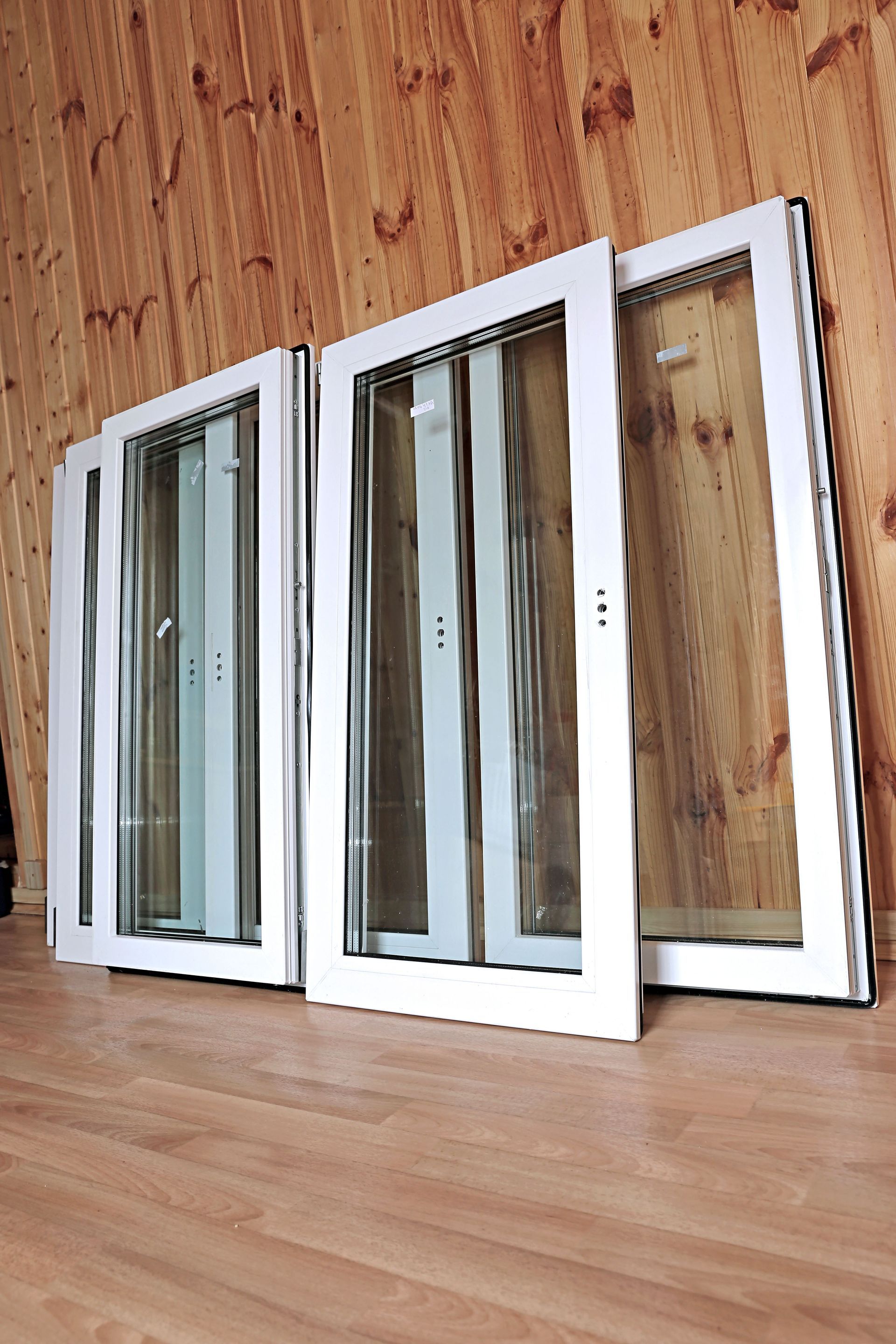

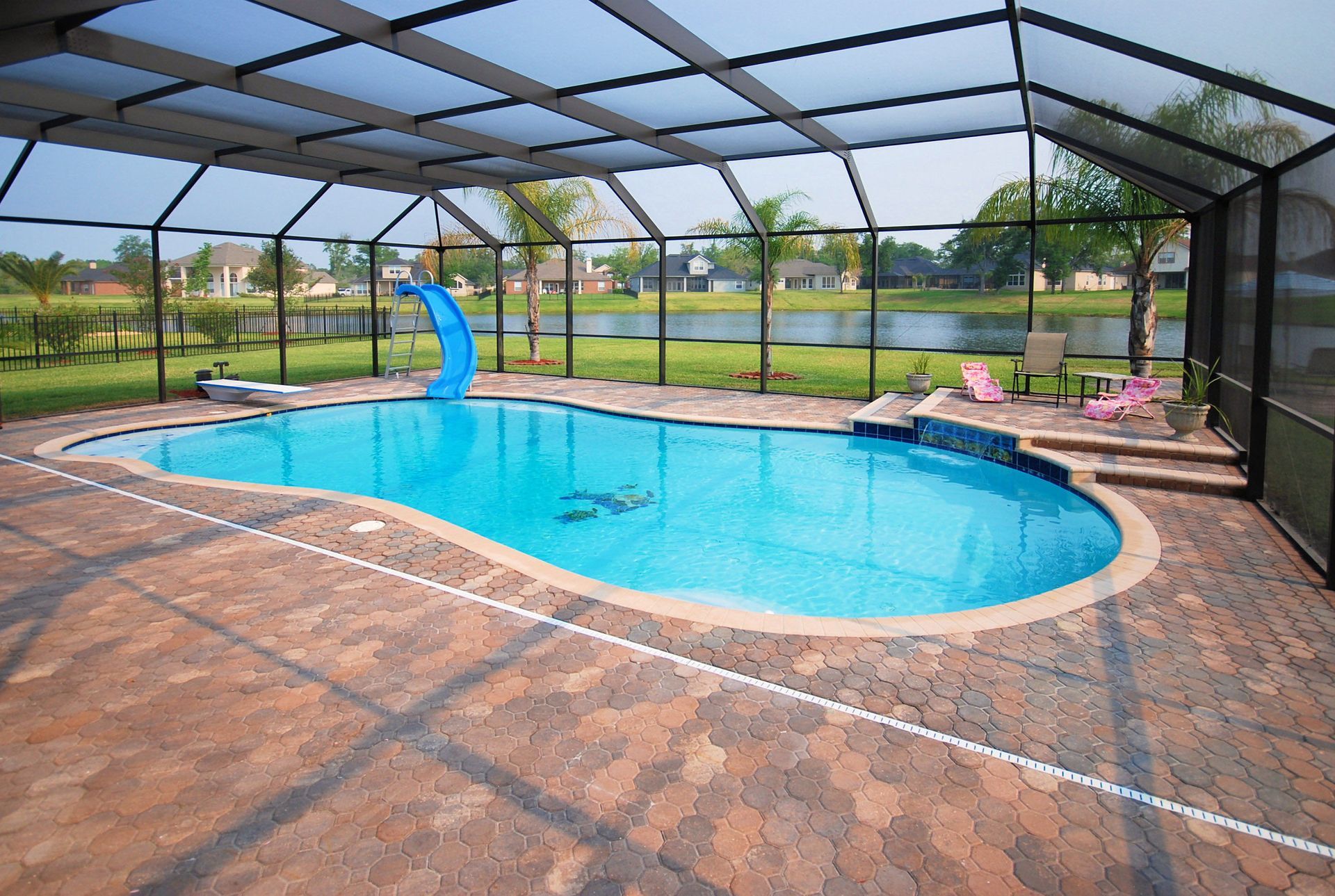

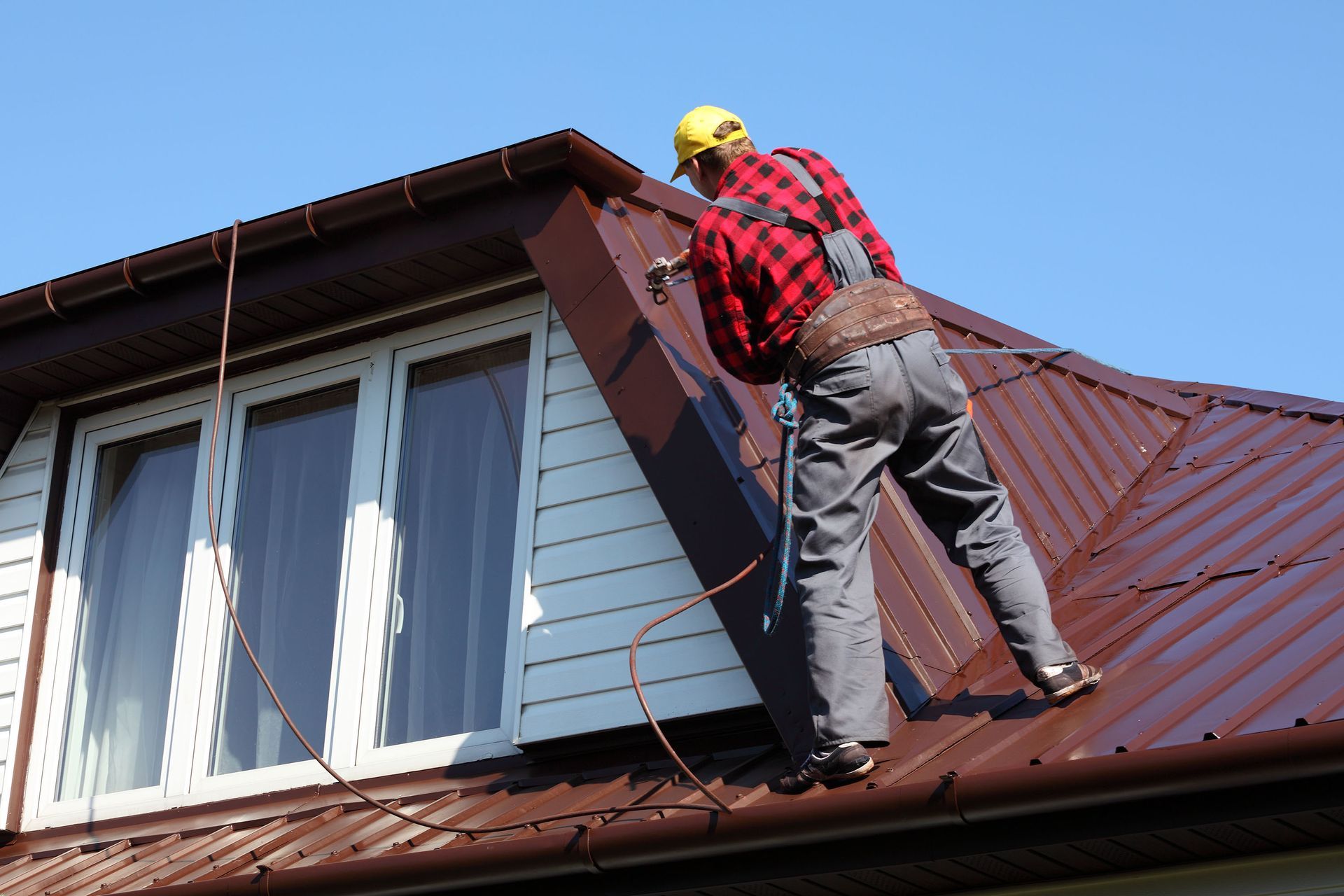
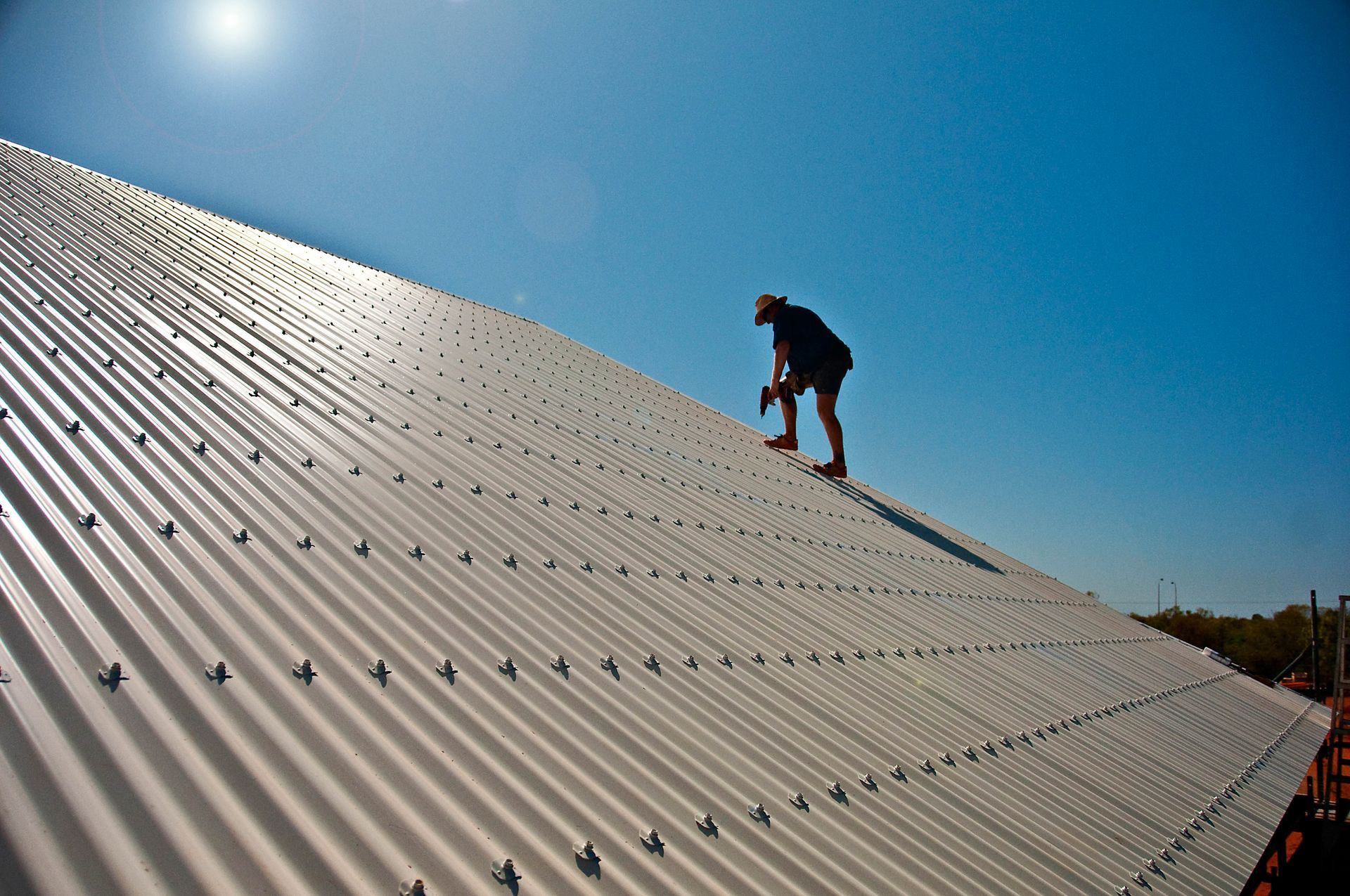
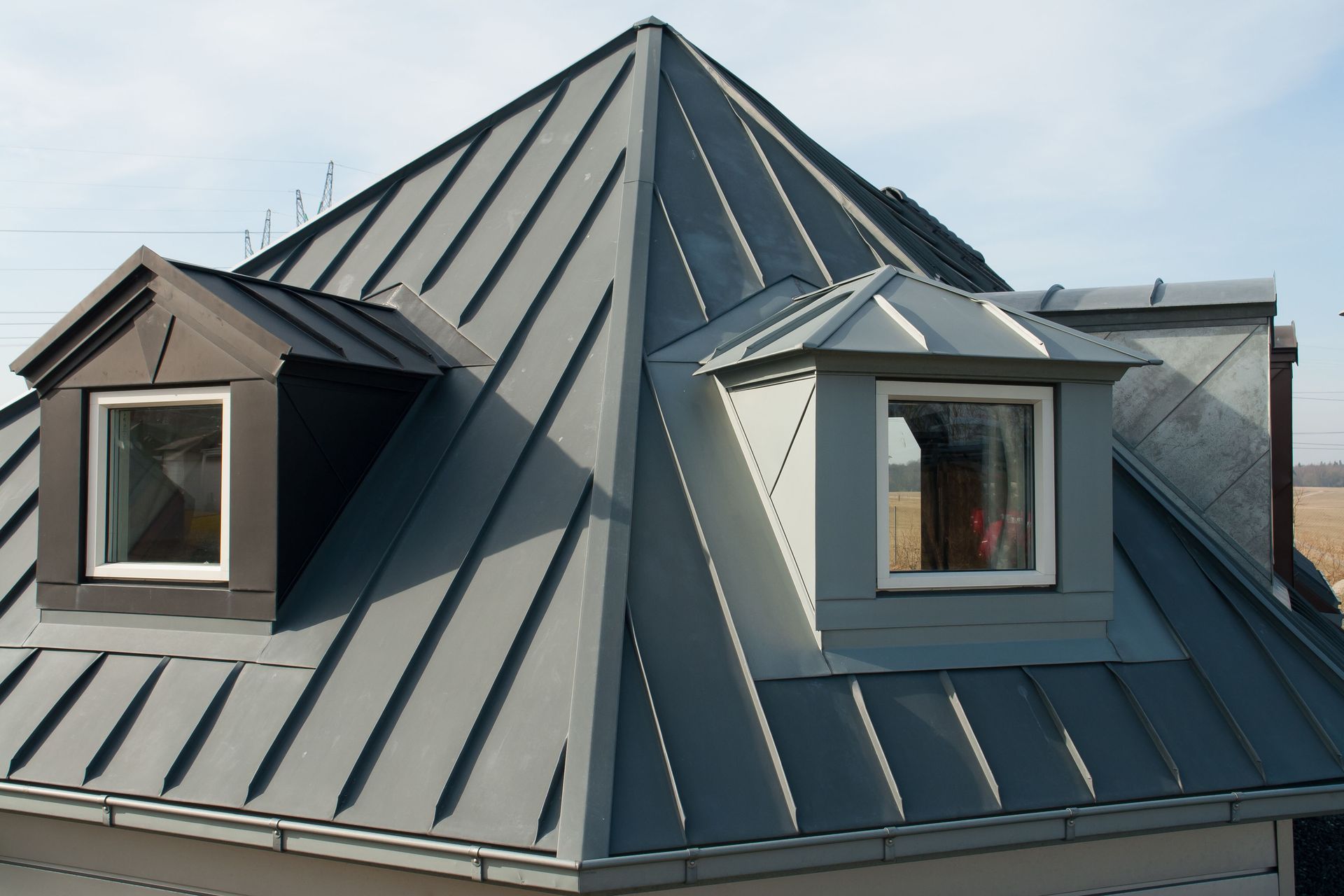
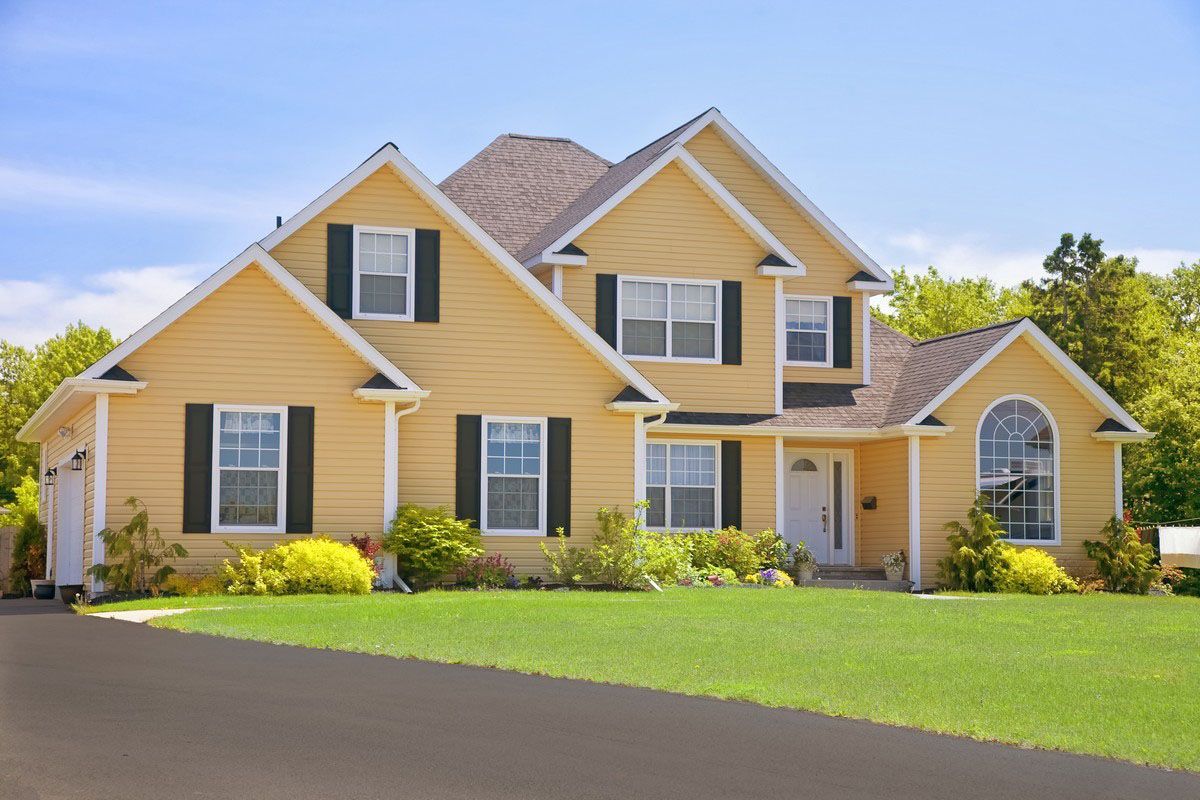
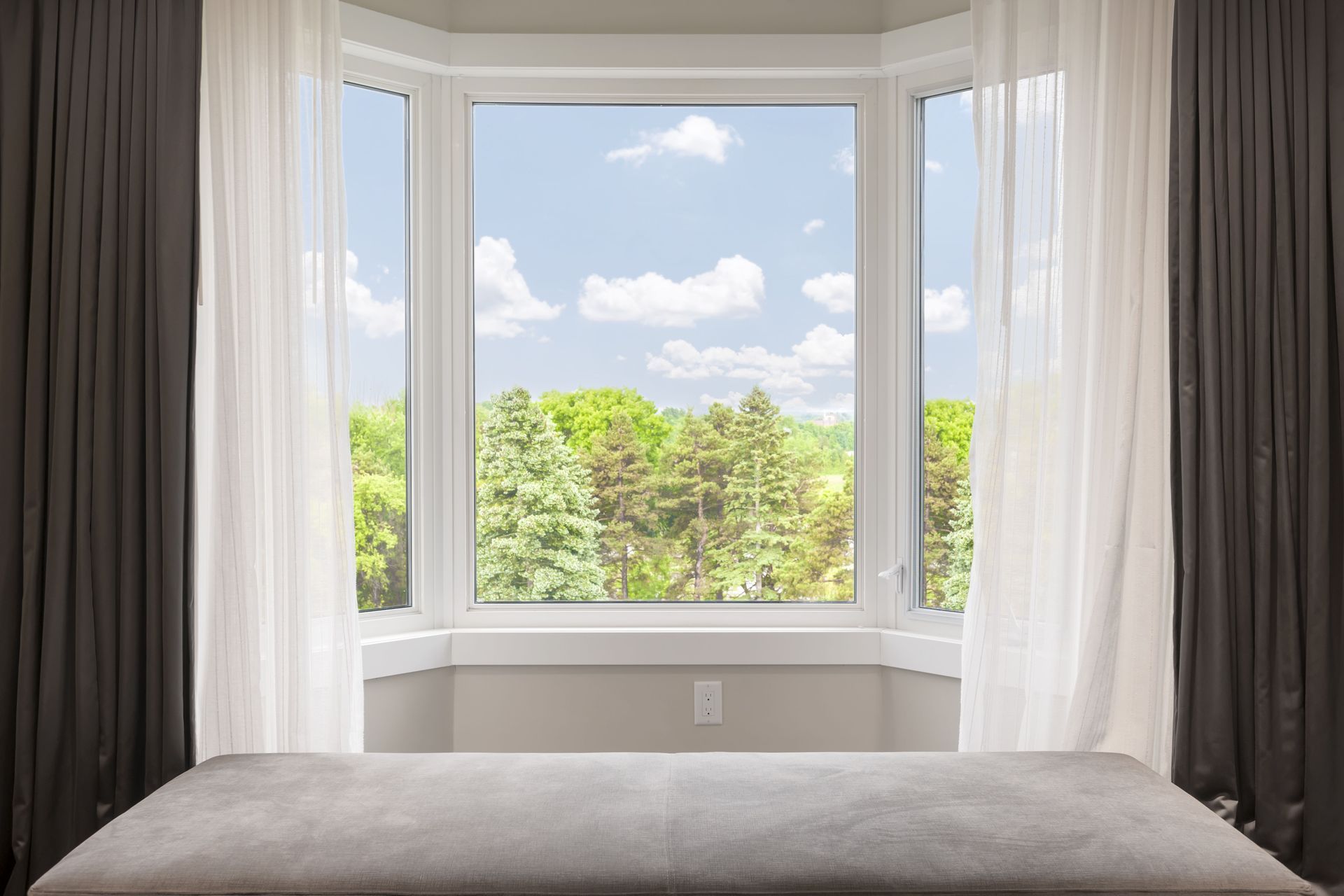
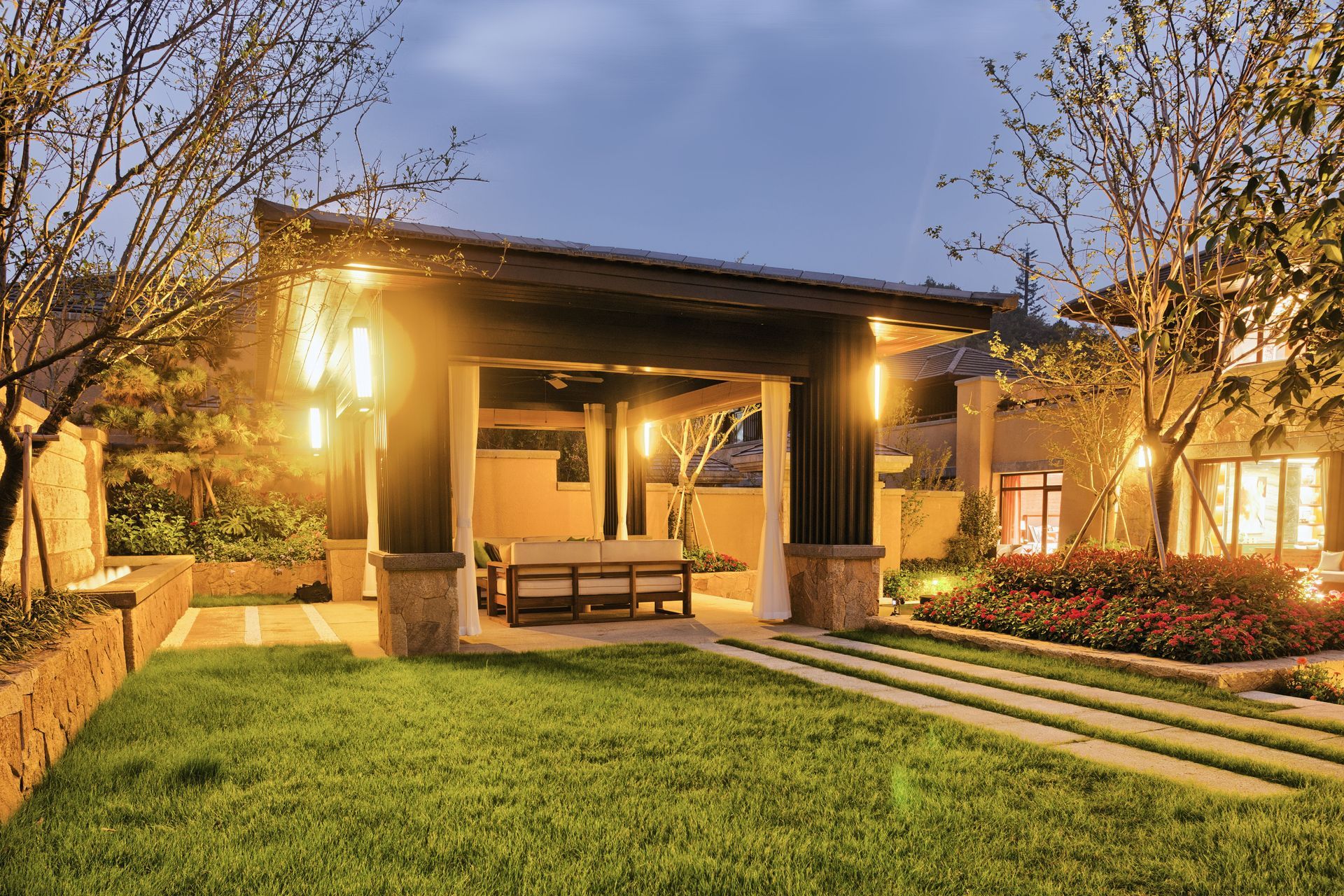
Share On: